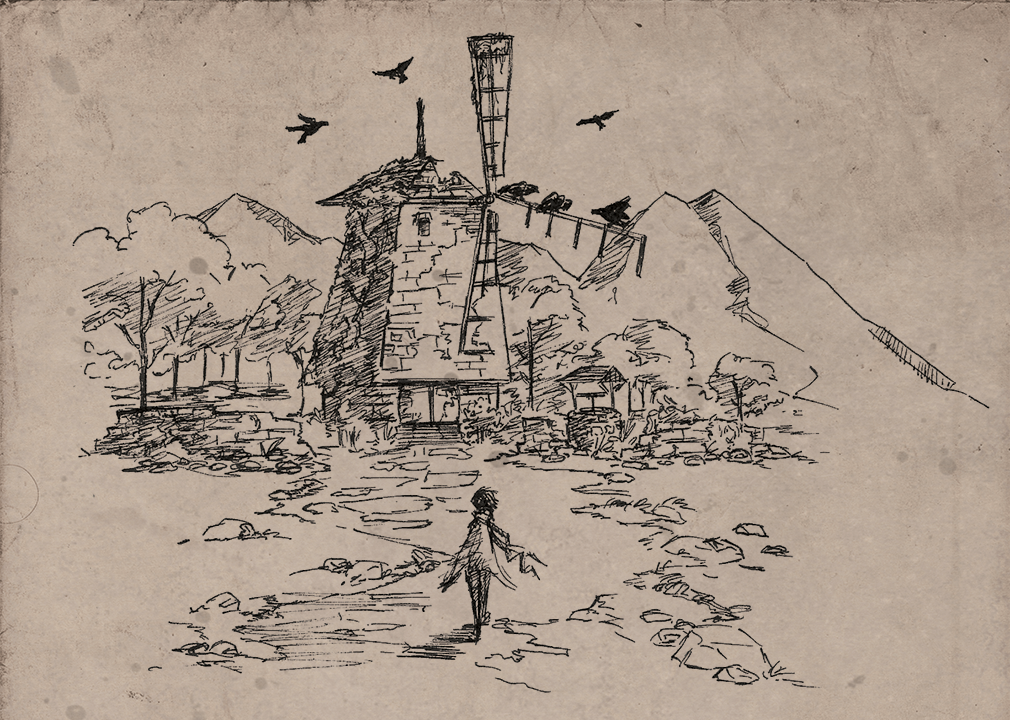Super Fantasy
 Archmage
Archmage
Whats your way of creating fantasy cities?
 Archmage
Archmage Maester
Maester
 Archmage
Archmage Maester
MaesterThat looks to be a clever game, with plenty of room for variants. But I was struck by the coincidence of cards and calendars. Why have I never noticed this before? Fifty-two weeks in the year, fifty-two cards in a deck. Four suits, four seasons. With some imagination I ought to be able to find or invent a correspondence for twelve months (and twelve zodiac signs!). What a great way to lend some weight to the practice of cartomancy.
 Istar
IstarHow dare you post such a tempting deal for software I've thought about getting but don't really need right now? *shakes fist*What a coink-i-dink!
 Istar
IstarDo eet. I desperately need City Designer 3 and it's only included in their (mostly) annual bundle every few years. Plus, to just get the one program is $10 more than to get the bundle, and a part of that goes to charity. And in a total power move, this year they have a nice instruction manual in case you're too awesome for pdf's... like me! Also, they update all of their programs frequently, and are just awesome people.I generally bang my head against my keyboard as I try to come up with a name for the place. Then I figure out what size I roughly want it to be, and what at a minimum I need in there in terms of story. If it's big enough to deserve a spot, then I mark it on my map. Specifics then depend on the location. Is it mountainous / a desert city / on the coast? Old city or new? Any specific images attached to it? that sort of thing....
How dare you post such a tempting deal for software I've thought about getting but don't really need right now? *shakes fist*
I might just pick that up. It's a really good deal, and the reviews for CC3 are generally very positive...
 Auror
Auror Istar
IstarWell, I am awesome of course...this year they have a nice instruction manual in case you're too awesome for pdf's
 Inkling
InklingOn earth there are 13 lunar months that could correspond to the 13 cards in a suit. Joker could represent the extra leap year day?That looks to be a clever game, with plenty of room for variants. But I was struck by the coincidence of cards and calendars. Why have I never noticed this before? Fifty-two weeks in the year, fifty-two cards in a deck. Four suits, four seasons. With some imagination I ought to be able to find or invent a correspondence for twelve months (and twelve zodiac signs!). What a great way to lend some weight to the practice of cartomancy.
 Inkling
Inkling Auror
AurorI agree totally. Your city, like your setting should be described almost in passing in the story itself, using evocative but brief prose. This does take a bit of practice. As the author you should have a much more detailed picture of your city and your setting, because you need this to ensure that timelines and plot developments (including all those small things like buying food) hang together. That can just be in your head. But I don't feel you should share all the details with the readers, instead you should let them wonder.As a sci-fi writer, I've had to invent a few alien cities - all different - and my number one rule is this: go light on the detail but what detail there is should be VERY evocative. So people have a clear picture of (say) prevailing architecture or morphological rationale or bizarre customs, but that's as far as I take it. My emphasis is always on the story and the action so I just want them to have a passing sense of a city's weird flavour without distracting from the flow.
 Istar
Istar Myth Weaver
Myth Weaver Istar
IstarSo did II got it!
 Scribe
Scribe